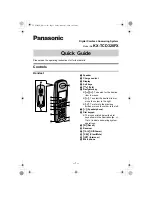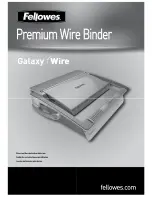Summary of Contents for DM7200
Page 1: ...Instruction Book ...
Page 2: ......
Page 64: ...62 Stitch Chart MODE 1 MODE 2 ...
Page 65: ...63 Stitch Chart MODE A MODE Á ...
Page 66: ......
Page 67: ......
Page 68: ...812 800 021 EN ...
Page 1: ...Instruction Book ...
Page 2: ......
Page 64: ...62 Stitch Chart MODE 1 MODE 2 ...
Page 65: ...63 Stitch Chart MODE A MODE Á ...
Page 66: ......
Page 67: ......
Page 68: ...812 800 021 EN ...

















